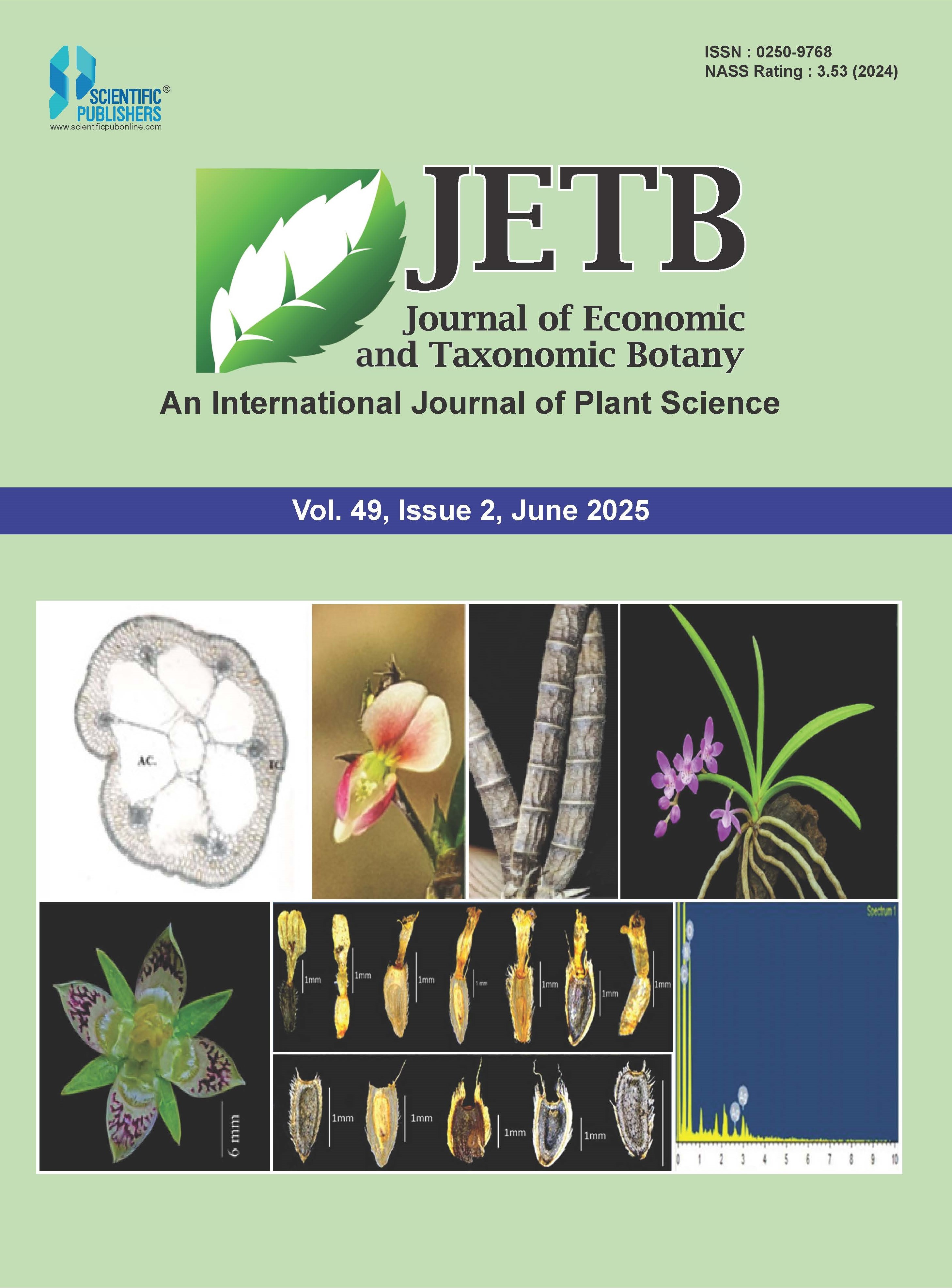Grasses are one among the world's most wide spread plant groups, form the fourth largest Angiosperm family, Poaceae with about 10000 species under 660-700 genera. The importance of grasses lies not only in providing sustenance, but also serve humanity in several ways. A study was conducted on the graminaceous flora, as the part of Vegetation ecology of Tadoba National Park (presently constitute Tadoba-Andhari Tiger reserve), Chandrapur, Maharastra, the oldest national park in Maharashtra state, which represented by 103 species of grasses, belonging to 52 genera. The genus Eragrostis is the largest genus with 14 species followed by Digitaria and Aristida with 6 species each. Woody vegetation showed less diversity and density than the herbaceous component. Phytosociological analysis of grass dominated areas revealed that it is a savannah type of vegetation with characters like low species richness of woody elements including shrubs and high species richness of herbaceous elements with higher percentage of grasses. Dominant species were Heteropogon contortus, Chysopogon fulvus, Sporobolus tenassissima. The study revealed that various biotic and edaphic factors play an important role in determining the composition of grasses and modifying their sequence of appearance. Most of the grasslands were subjected to constant pressure of grazing and burning, and therefore did not reach the climax form in response to climate. However, in certain protected pockets, they developed into main type- Sehima-Dichanthium, while in the disturbed areas they were replaced by various subtypes like Sehima-Dichanthium, Chrysopogon-Bothriochloa and Aristida-Erag-rostis subtypes, depending on the degree of disturbance. Grasses have major ecological role in reclamation of an area, owing to their fast regenerating capacity, tolerance to drought and arid conditions






